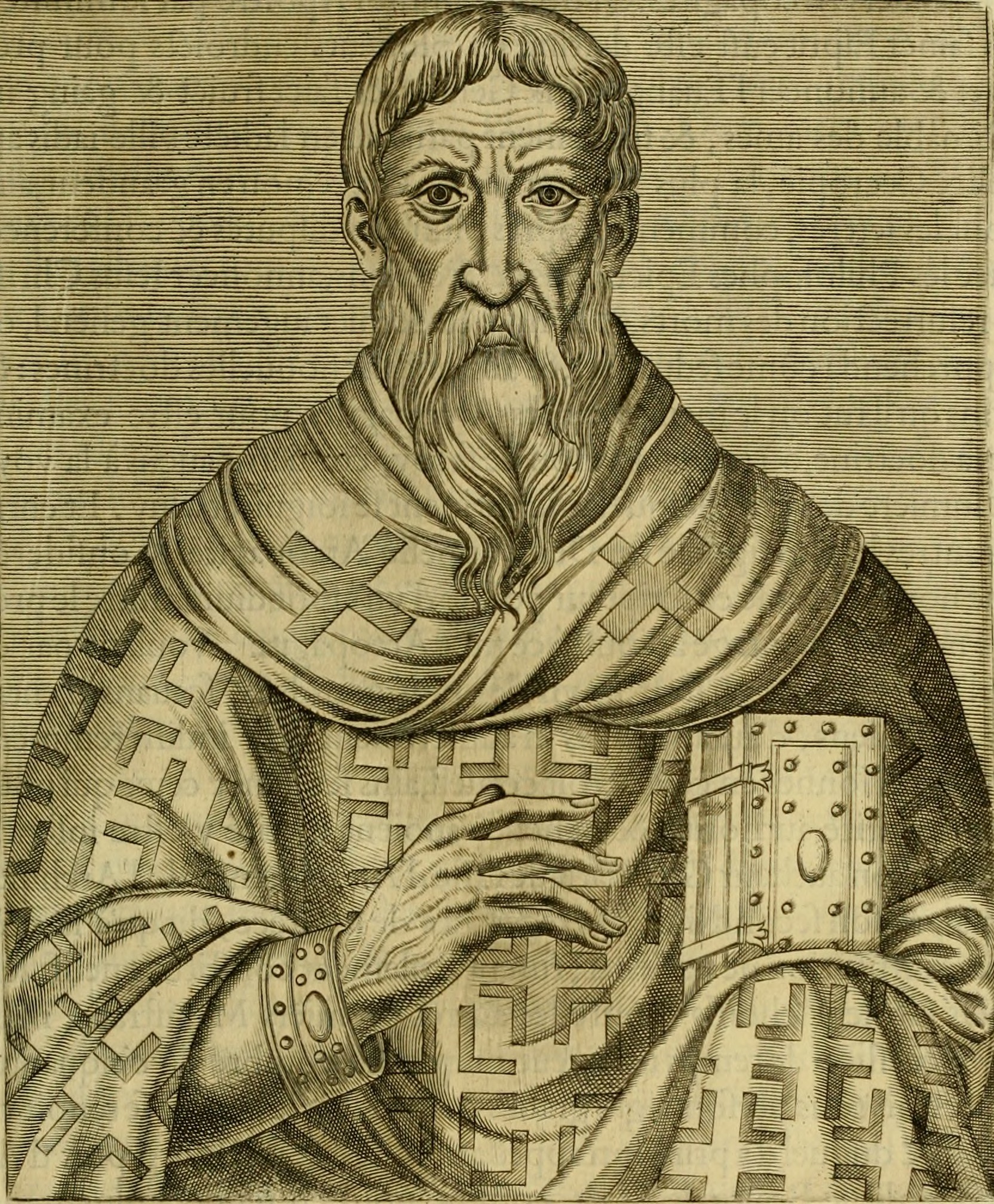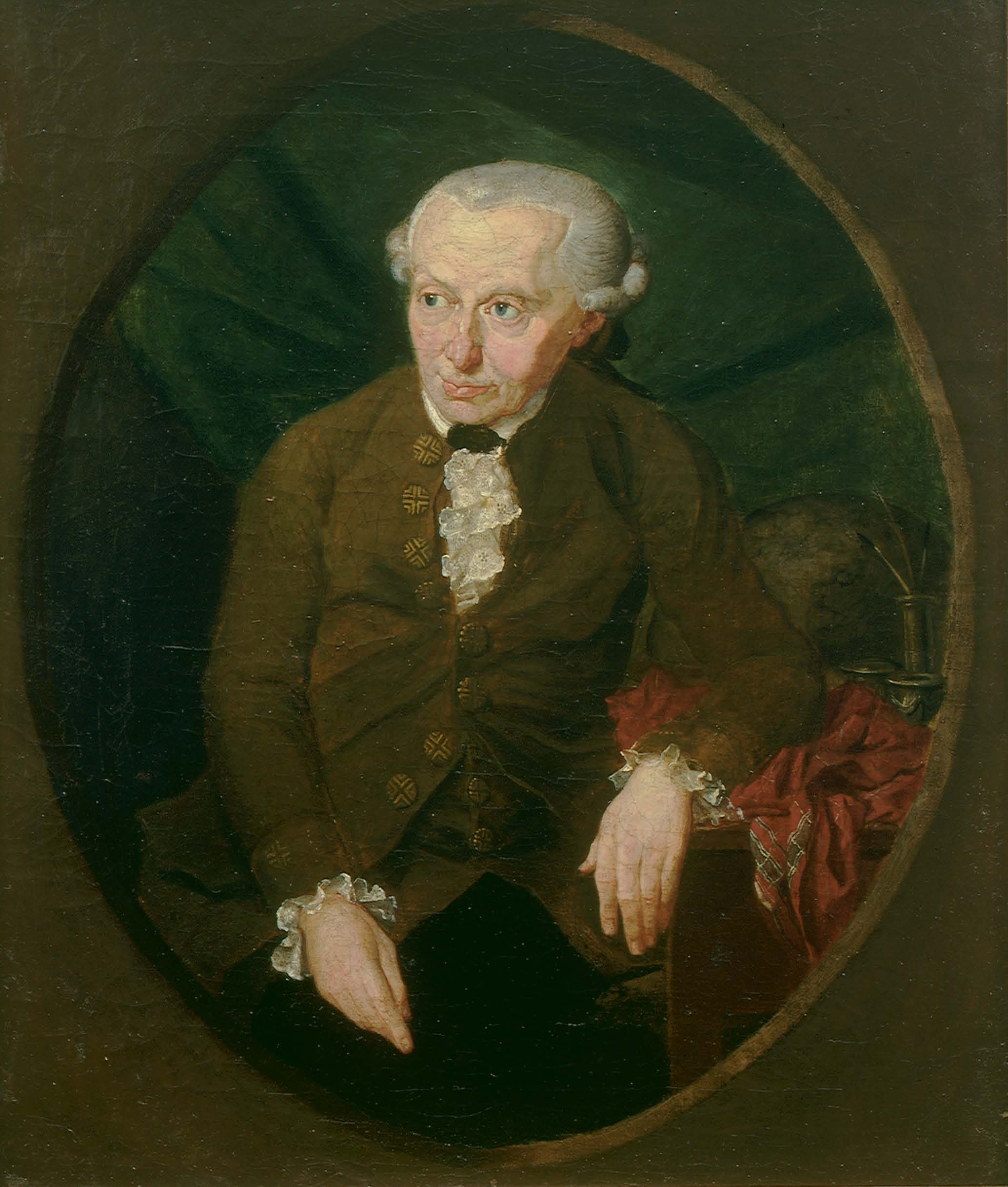|
Dhammapada (Radhakrishnan Translation)
''The Dhammapada: With introductory essays, Pali text, English translation and notes'' is a 1950 book written by philosopher and (later) President of India, Dr. Sarvepalli Radhakrishnan (1888–1975), about the Dhammapada, an important Buddhist scripture. Originally published in 1950 by Oxford University Press, the book has been republished numerous times by the same publisher, most recently in 1997. A 2007 Indian edition was published by Pilgrims Publishing. The book has been reviewed in several professional journals. All editions have had 194 pages and have used the same title. Outline of book Radhakrishnan's ''Dhammapada'' contains original Pali text as well as English translations of the Dhammapada's 26 chapters. It begins with a preface composed in 1950 in which Radhakrishnan states that To-day... We have come to recognize that it is either one world or none. The effort to build one world requires a closer understanding among the peoples of the world and their cultures. Thi ... [...More Info...] [...Related Items...] OR: [Wikipedia] [Google] [Baidu] |
Sarvepalli Radhakrishnan
Sarvepalli Radhakrishnan (; 5 September 188817 April 1975; natively Radhakrishna) was an Indian academician, philosopher and statesman who served as the President of India from 1962 to 1967. He previously served as the vice president of India from 1952 to 1962. He was the ambassador of India to the Soviet Union from 1949 to 1952. He was also the vice-chancellor of Banaras Hindu University from 1939 to 1948 and the vice-chancellor of Andhra University from 1931 to 1936. Radhakrishnan is considered one of the most influential and distinguished 20th century scholars of comparative religion and philosophy, he held the King George V Chair of Mental and Moral Science at the University of Calcutta from 1921 to 1932 and Spalding Professor of Eastern Religion and Ethics, Spalding Chair of Eastern Religion and Ethics at University of Oxford from 1936 to 1952. Radhakrishnan's philosophy was grounded in Advaita Vedanta, reinterpreting this tradition for a contemporary understanding. ... [...More Info...] [...Related Items...] OR: [Wikipedia] [Google] [Baidu] |
Nirodha
In Buddhism, nirodha, "cessation," "extinction," refers to the cessation or renouncing of craving and desire which arise with unguarded perception and cognition. It is the third of the Four Noble Truths, stating that '' dukkha'' ('suffering', the perpetual cycle of sense impressions, attraction and rejection, and action) ceases when craving and desire are renounced. This is achieved through the cultivation of the Noble Eightfold Path, which includes the practices of right understanding, right intention, right speech, right action, right livelihood, right effort, right mindfulness, and right concentration. The attainment of nirodha leads to ''nibbana'' (Sanskrit: Nirvana), extinguishment, liberation from the bondage of the perpetual agitation of attraction, rejection, and action. According to Thubten Chodron, Nirodha is the final disappearance of all bad experiences and their causes in such a way that they can no longer occur again.Thubten Chodron''Articles & Transcripts of Teach ... [...More Info...] [...Related Items...] OR: [Wikipedia] [Google] [Baidu] |
Radhakrishnan
Sarvepalli Radhakrishnan (; 5 September 188817 April 1975; natively Radhakrishna) was an Indian academician, philosopher and statesman who served as the President of India from 1962 to 1967. He previously served as the vice president of India from 1952 to 1962. He was the ambassador of India to the Soviet Union from 1949 to 1952. He was also the vice-chancellor of Banaras Hindu University from 1939 to 1948 and the vice-chancellor of Andhra University from 1931 to 1936. Radhakrishnan is considered one of the most influential and distinguished 20th century scholars of comparative religion and philosophy, he held the King George V Chair of Mental and Moral Science at the University of Calcutta from 1921 to 1932 and Spalding Chair of Eastern Religion and Ethics at University of Oxford from 1936 to 1952. Radhakrishnan's philosophy was grounded in Advaita Vedanta, reinterpreting this tradition for a contemporary understanding. He defended Hinduism against what he called "un ... [...More Info...] [...Related Items...] OR: [Wikipedia] [Google] [Baidu] |
Pseudo-Dionysius The Areopagite
Pseudo-Dionysius the Areopagite (or Dionysius the Pseudo-Areopagite) was a Greek author, Christian theologian and Neoplatonic philosopher of the late 5th to early 6th century, who wrote a set of works known as the ''Corpus Areopagiticum'' or ''Corpus Dionysiacum''. Through his writing in ''Mystical Theology'', he has been identified as the "progenitor of apophatic or negative theology." The author pseudepigraphically identifies himself in the corpus as "Dionysios", portraying himself as Dionysius the Areopagite, the Athenian convert of Paul the Apostle mentioned in Acts 17:34. Historic confusions In the early sixth century, a series of writings of a mystical nature, employing Neoplatonic language to elucidate Christian theological and mystical ideas, was ascribed to the Areopagite. They have long been recognized as pseudepigrapha, and their author is now called "Pseudo-Dionysius the Areopagite". Corpus Works The surviving corpus comprises: * ''Divine Names'' (') ... [...More Info...] [...Related Items...] OR: [Wikipedia] [Google] [Baidu] |
Christian Mysticism
Christian mysticism is the tradition of mystical practices and mystical theology within Christianity which "concerns the preparation f the personfor, the consciousness of, and the effect of ..a direct and transformative presence of God" or divine ''love''. Until the sixth century the practice of what is now called mysticism was referred to by the term ''contemplatio'', c.q. ''theoria'', from '' contemplatio'' (Latin; Greek θεωρία, ''theoria''), "looking at", "gazing at", "being aware of" God or the divine.William Johnson, ''The Inner Eye of Love: Mysticism and Religion'' (HarperCollins 1997 ), p. 24 Christianity took up the use of both the Greek (''theoria'') and Latin (''contemplatio'', contemplation) ... [...More Info...] [...Related Items...] OR: [Wikipedia] [Google] [Baidu] |
Brahman
In Hinduism, ''Brahman'' (; IAST: ''Brahman'') connotes the highest universal principle, the ultimate reality of the universe.P. T. Raju (2006), ''Idealistic Thought of India'', Routledge, , page 426 and Conclusion chapter part XII In the Vedic Upanishads, ''Brahman'' constitutes the fundamental reality that transcends the duality of existence and non-existence. It serves as the absolute ground from which time, space, and natural law emerge. It represents an unchanging, eternal principle that exists beyond all boundaries and constraints. Because it transcends all limitation, ''Brahman'' ultimately defies complete description or categorization through language. In major schools of Hindu philosophy, it is the non-physical, efficient, formal and final cause of all that exists.For dualism school of Hinduism, see: Francis X. Clooney (2010), ''Hindu God, Christian God: How Reason Helps Break Down the Boundaries between Religions'', Oxford University Press, , pages 51–58, 11 ... [...More Info...] [...Related Items...] OR: [Wikipedia] [Google] [Baidu] |
Atheism
Atheism, in the broadest sense, is an absence of belief in the Existence of God, existence of Deity, deities. Less broadly, atheism is a rejection of the belief that any deities exist. In an even narrower sense, atheism is specifically the position that there no deities. Atheism is contrasted with theism, which is the belief that at least one deity exists. Historically, evidence of atheistic viewpoints can be traced back to classical antiquity and Nāstika, early Indian philosophy. In the Western world, atheism declined after Christianity gained prominence. The 16th century and the Age of Enlightenment marked the resurgence of atheistic thought in Europe. Atheism achieved a significant position worldwide in the 20th century. Estimates of those who have an absence of belief in a god range from 500 million to 1.1 billion people. Atheist organizations have defended the autonomy of science, freedom of thought, secularism, and secular ethics. Arguments for atheism range from p ... [...More Info...] [...Related Items...] OR: [Wikipedia] [Google] [Baidu] |
Agnosticism
Agnosticism is the view or belief that the existence of God, the divine, or the supernatural is either unknowable in principle or unknown in fact. (page 56 in 1967 edition) It can also mean an apathy towards such religious belief and refer to personal limitations rather than a worldview. Another definition is the view that "human reason is incapable of providing sufficient rational grounds to justify either the belief that God exists or the belief that God does not exist." The English biologist Thomas Henry Huxley said that he originally coined the word ''agnostic'' in 1869 "to denote people who, like imself confess themselves to be hopelessly ignorant concerning a variety of matters ncluding the matter of God's existence about which metaphysicians and theologians, both orthodox and heterodox, dogmatise with the utmost confidence." Earlier thinkers had written works that promoted agnostic points of view, such as Sanjaya Belatthiputta, a 5th-century BCE Indian philosophe ... [...More Info...] [...Related Items...] OR: [Wikipedia] [Google] [Baidu] |
Metaphysics
Metaphysics is the branch of philosophy that examines the basic structure of reality. It is traditionally seen as the study of mind-independent features of the world, but some theorists view it as an inquiry into the conceptual framework of human understanding. Some philosophers, including Aristotle, designate metaphysics as first philosophy to suggest that it is more fundamental than other forms of philosophical inquiry. Metaphysics encompasses a wide range of general and abstract topics. It investigates the nature of existence, the features all entities have in common, and their division into categories of being. An influential division is between particulars and universals. Particulars are individual unique entities, like a specific apple. Universals are general features that different particulars have in common, like the color . Modal metaphysics examines what it means for something to be possible or necessary. Metaphysicians also explore the concepts of space, time, ... [...More Info...] [...Related Items...] OR: [Wikipedia] [Google] [Baidu] |
Max Müller
Friedrich Max Müller (; 6 December 1823 – 28 October 1900) was a German-born British comparative philologist and oriental studies, Orientalist. He was one of the founders of the Western academic disciplines of Indology and religious studies. Müller wrote both scholarly and popular works on the subject of Indology. He directed the preparation of the ''Sacred Books of the East'', a 50-volume set of English translations which continued after his death. Müller became a professor at Oxford University, first of modern languages, then Diebold Professor of Comparative Philology, of comparative philology in a position founded for him, and which he held for the rest of his life. Early in his career he held strong views on India, believing that it needed to be transformed by Christianity. Later, his view became more nuanced, championing ancient Sanskrit literature and India more generally. He became involved in several controversies during his career: he was accused of being a ... [...More Info...] [...Related Items...] OR: [Wikipedia] [Google] [Baidu] |
Vedānta
''Vedanta'' (; , ), also known as ''Uttara Mīmāṃsā'', is one of the six orthodox ( ''āstika'') traditions of Hindu philosophy and textual exegesis. The word ''Vedanta'' means 'conclusion of the Vedas', and encompasses the ideas that emerged from, or aligned and reinterpreted, the speculations and enumerations contained in the Upanishads, focusing, with varying emphasis, on devotion, knowledge and liberation. Vedanta developed into many traditions, all of which give their specific interpretations of a common group of texts called the '' Prasthānatrayī'', translated as 'the three sources': the ''Upanishads'', the ''Brahma Sutras'', and the ''Bhagavad Gita''. All Vedanta traditions are exegetical in nature, but also contain extensive discussions on ontology, soteriology, and epistemology, even as there is much disagreement among the various traditions. Independently considered, they may seem completely disparate due to the pronounced differences in thoughts and reasonin ... [...More Info...] [...Related Items...] OR: [Wikipedia] [Google] [Baidu] |





